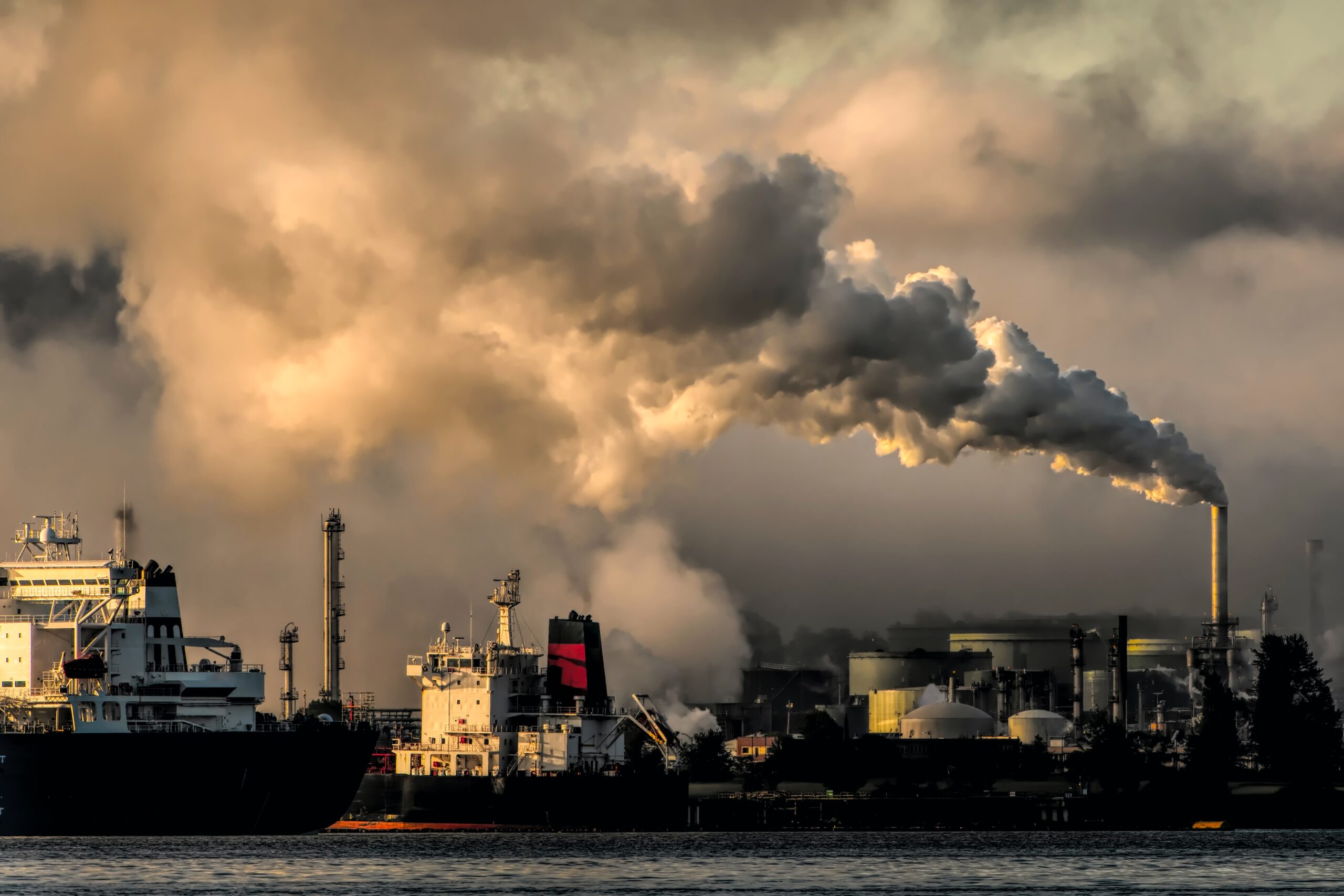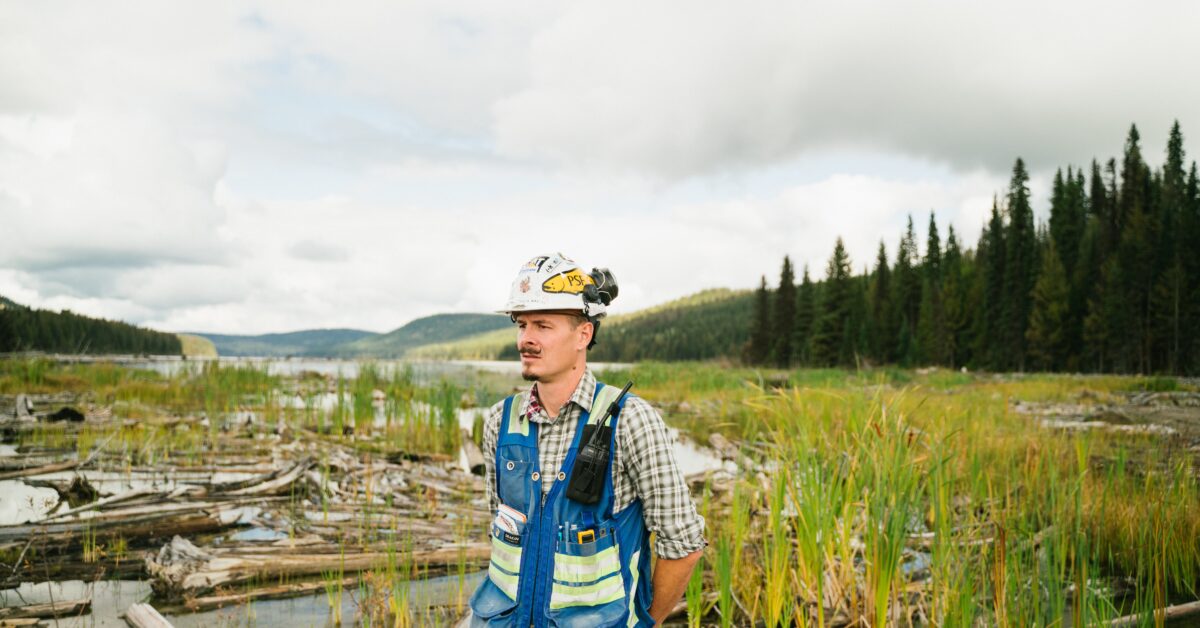The oil and gas industry is an essential part of modern society, providing the energy needed to power homes, businesses, and transportation. However, this industry also poses significant risks to the environment, including air and water pollution, habitat destruction, and biodiversity loss.
As such, there is an urgent need to balance the benefits of oil and gas activities with their potential environmental impacts. Environmental Management Plans (EMPs) are one way to achieve this balance.
These plans provide a comprehensive framework for identifying and managing environmental risks. By assessing and mitigating potential hazards throughout the project’s lifecycle, from exploration and development to decommissioning and site closure, EMPs can help to minimize the environmental impact of petroleum operations.
Regulators and governments are increasingly requiring companies to develop and implement EMPs as a condition of obtaining permits or licenses for oil and gas operations. Failure to comply can result in significant penalties, including the revocation of permits or steep fines.
By developing effective EMPs and complying with regulations, companies can build trust with local communities and stakeholders, enhance their social license to operate, and ensure that their activities do not harm the environment or public health.
The oil and gas industry must balance its economic benefits with its potential environmental impacts. EMPs are an essential tool for achieving this balance, and they provide a framework for minimizing the environmental impact of petroleum operations.
What Is an Environmental Management Plan for Oil and Gas?

via Pexels
The Environmental Management Plan aims to identify and manage the risks, including potential harm to air, water, and land resources and the health and safety of workers and nearby communities. It provides a framework for assessing and mitigating environmental risks throughout the lifecycle of a project.
An Environmental Management Plan (EMP) for oil and gas is developed by companies involved in the exploration, production, and transportation of petroleum resources to minimize the potential environmental impact of their operations.
The plan may include a range of measures, such as environmental impact assessments (also called EIAs), monitoring and reporting, pollution prevention and control, and stakeholder engagement. It may also outline emergency response procedures, contingency plans, and guidelines for regulatory compliance.
An effective EMP requires a holistic approach considering a project’s social, economic, and environmental dimensions. This involves engaging with local communities and stakeholders, identifying and prioritizing risks, and implementing measures to mitigate those risks.
By promoting responsible and sustainable practices, companies can ensure that their activities do not harm the environment, public health, or the well-being of local communities. An Environmental Management Plan for oil and gas is an essential tool for minimizing the environmental impact of petroleum operations and looking out for our planet.
Do You Need an Environmental Management Plan for Oil and Gas?
Yes, you need an Environmental Management Plan (EMP) as it is essential for oil and gas operations. The industry can cause significant environmental damage, including air and water pollution, habitat destruction, and biodiversity loss. The EMP provides a framework for managing these risks and minimizing the environmental impact.
An EMP helps companies assess and mitigate environmental risks throughout a project’s lifecycle. It identifies potential hazards and establishes measures to minimize or eliminate them. The EMP promotes transparency and accountability by engaging with local communities and stakeholders.
In addition to mitigating environmental risks, an EMP can provide economic benefits to oil and gas companies. Sustainable practices can build trust with local communities and stakeholders, enhance companies’ social license to operate, and reduce the risk of costly litigation or fines.
Moreover, implementing environmental management strategies can improve operational efficiency, reduce waste and resource consumption, and reduce costs. All of these factors are important in balancing the costs and benefits associated with the oil and gas industry.
Regulators and government agencies increasingly require companies to develop and implement Environmental Management Plans as a condition of obtaining permits or licenses for oil and gas operations. Noncompliance can result in significant penalties, including the revocation of permits or fines. And these fines are typically not cheap.
An Environmental Management Plan is critical for minimizing the environmental impact of oil and gas operations. By identifying and mitigating risks, engaging with stakeholders, and promoting sustainable practices, companies can operate more efficiently, reduce costs, and protect the environment and the well-being of local communities.
Creating and implementing EMPs are also great ways to show that your business is a steward of the natural environment rather than a destructive entity. The oil and gas industry often gets a bad reputation when it comes to environmental stewardship, but companies who invest in the environment and in ensuring that the good they do outweighs the harm can overcome this reputation.
What Should an Environmental Management Plan Include?

via Unsplash
An Environmental Management Plan for oil and gas operations should include a comprehensive strategy. The EMP should cover all project phases, from exploration and development to decommissioning and site closure. In this section of the article, we will explore some key components that an EMP should include in order to succeed.
Environmental Impact Assessments
Environmental impact assessments evaluate the potential impact of oil and gas activities on the environment, including air, water, and land resources. The EMP should identify potential hazards and establish measures to minimize or eliminate them. Environmental impact assessment and EMPs should go hand in hand to determine best practices.
Monitoring and Reporting
Monitoring is a critical component of an EMP. It enables companies to track environmental performance, identify trends, and make informed decisions. Reporting provides transparency and accountability to stakeholders. These two practices in combination should be represented as part of the plan laid out in an EMP.
Pollution Prevention and Control
The EMP should establish measures to prevent and control pollution, including spill prevention and response plans, waste management plans, and air emission controls. Should these incidents occur, there should be a response plan and emergency procedures laid out in the EMP so that everyone involved knows what actions to take (and not take).
Stakeholder Engagement
Engaging with local communities and stakeholders is essential to promote transparency and accountability. The EMP should establish consultation and engagement procedures, including feedback and grievance redress mechanisms. Failing to include this section can have serious social and community consequences.
Emergency Response Procedures
The EMP should outline procedures to manage incidents such as spills, fires, and other accidents. Of course, preventing accidents is the first priority. But in case something does occur – and accidents happen most when we’re not expecting them – it’s important to be prepared for the worst-case scenario.
Regulatory Compliance
The EMP should provide guidelines for regulatory compliance, including permits, licenses, and other requirements. Part of the job of environmental consultants is to ensure that all rules and regulations are met. This individual, the environmental consultant, will likely also be a part of writing up the EMP.
An effective Environmental Management Plan for oil and gas operations should cover all project phases and include measures to minimize environmental impact. It should include environmental impact assessments, monitoring and reporting, pollution prevention and control, stakeholder engagement, emergency response procedures, and regulatory compliance.
Who Can Perform an Environmental Management Plan?
Qualified professionals with expertise in environmental management and regulatory compliance can develop an Environmental Management Plan (EMP) for oil and gas operations. These professionals can include environmental consultants, engineers, and other specialists who understand the potential environmental impact of oil and gas activities and how to mitigate those risks.
Consultants can help companies develop an EMP that meets regulatory requirements and industry standards. They can guide best practices for environmental management, including strategies for reducing waste, conserving resources, and engaging with local communities and stakeholders.
Engineers can help companies design and implement pollution prevention and control measures. They can help to identify and implement technologies that reduce greenhouse gas emissions, increase energy efficiency, and minimize waste.
Other specialists, such as health and safety professionals, can provide guidance on emergency response procedures, risk assessment, and worker safety. No matter which professional you choose, it’s important that someone who is highly familiar with the industry, as well as related rules and regulations, is part of the EMP creation and management team.
Ultimately, the responsibility for developing and implementing an EMP rests with the company undertaking the oil and gas activities. However, engaging qualified professionals can help ensure the EMP is effective, comprehensive, and aligned with regulatory requirements.
In addition, companies can seek input from local communities and stakeholders during the development of an EMP. This can help to identify potential environmental and social risks and establish measures to mitigate those risks. It can also promote transparency and accountability and enhance the social license to operate.

via Pexels
Qualified professionals with expertise in environmental management and regulatory compliance can perform an Environmental Management Plan for oil and gas operations. These professionals can help companies develop an effective EMP that meets regulatory requirements, reduces environmental impact, and engages with local communities and stakeholders.
How Can We Protect Our Environment in the Oil and Gas Industry?
We can protect our environment in the oil and gas industry by ensuring that EMPs are created and following them closely. This process requires a comprehensive and collaborative approach. Here are some strategies that can be implemented to reduce the environmental impact of these activities:
Implementing an Environmental Management Plan: An EMP is essential for identifying and managing environmental risks associated with oil and gas activities. Companies should develop and implement an effective EMP that covers all project phases.
Minimizing air emissions: Oil and gas operations emit various air pollutants, including volatile organic compounds and greenhouse gases. Companies can reduce emissions by implementing pollution prevention and control measures, such as flaring reduction programs and leak detection and repair programs.
Protecting water resources: Oil and gas activities can contaminate water through spills, leaks, and wastewater discharges. Companies can protect water resources by implementing wastewater treatment, recycling, and spill prevention and response plans.
Reducing waste: Oil and gas operations generate significant waste, including drilling muds and cuttings, and produce water. Companies can reduce waste by implementing waste management strategies, such as recycling and reusing materials and disposing of waste responsibly.
Promoting sustainable practices: Companies can promote sustainable practices by engaging with local communities and stakeholders, implementing energy-efficient technologies, and reducing the use of fossil fuels.
Compliance with regulations: Companies must comply with environmental protection, worker safety, and public health regulations. Noncompliance can result in significant penalties, including the revocation of permits or fines.
A successful Environmental Management Plan is one that covers all of these concepts and ensures that oil and gas companies are doing no harm to the natural environment. When this goal is achieved, companies will be better able to accomplish their goals without social, environmental, or government pushback. Plus, it’s good for the planet.
Final Thoughts
Protecting the environment in the oil and gas industry requires collaboration between companies, regulators, and stakeholders. By implementing an effective EMP, reducing emissions, protecting water resources, reducing waste, promoting sustainable practices, and complying with regulations, companies can minimize their environmental impact and ensure the long-term sustainability of their operations. Take a look at our engineering service page for more information.





